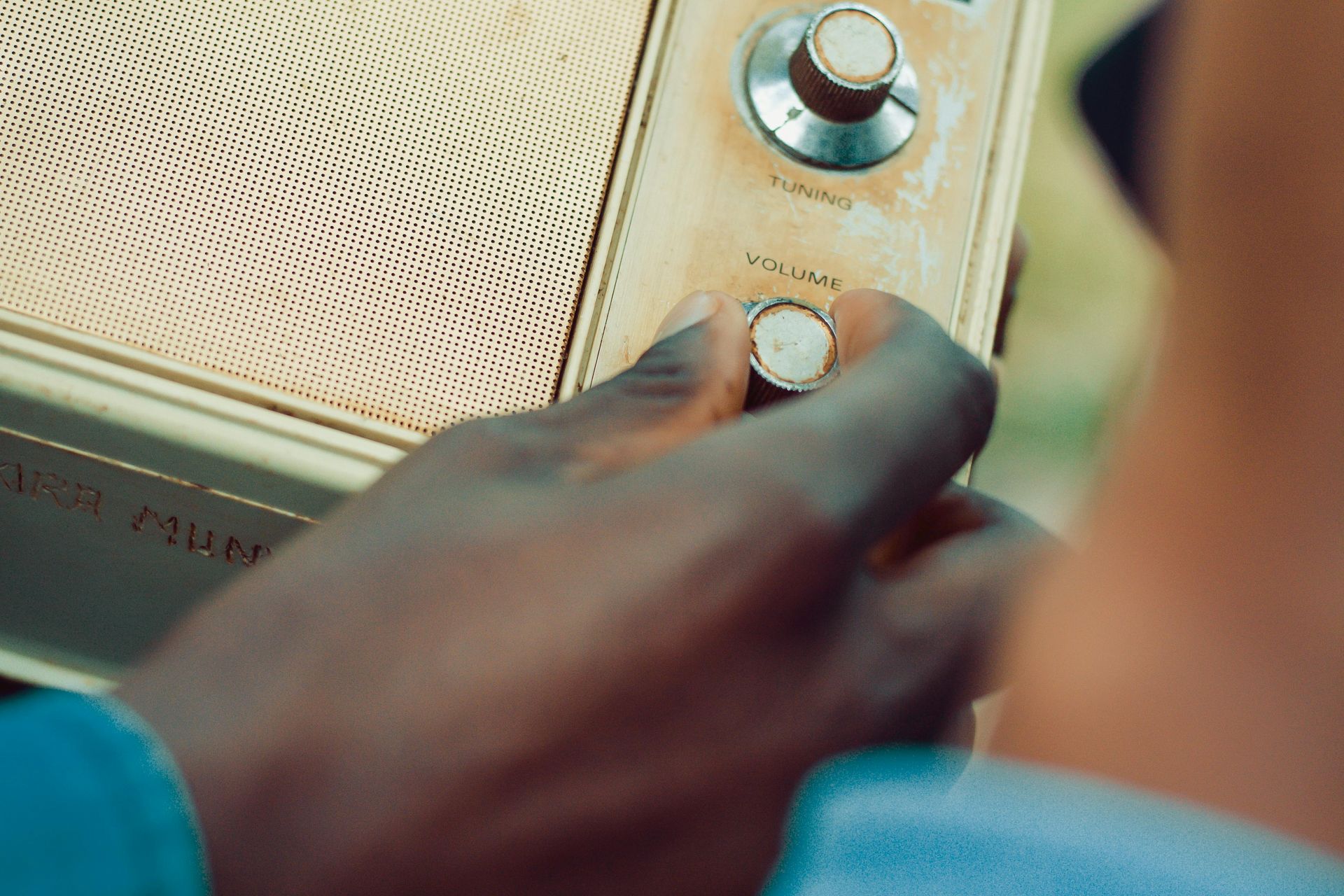The CH Guide To Sound Design

17th April 2020 by CH
What I s Sound Design ?
Sound design for video is the acquiring, creating, combining and manipulating of audio to accompany and enhance the all-important visual s . Sound is often an overlooked part of the video-making process but it has the ability to make or break a project .
Types of Sound
The types of sound in our videos can be categories as either speech, music, or sound effects.
Speech is usually either recorded along with the footage, such as an interview or piece to camera, or as a voiceover. It is almost always used as the main method to deliver the message being illustrated by the visuals.
Music for our videos is most often taken from royalty-free stock music libraries. These tracks can be used for as long as needed, wherever it’s need , whether that’s a TV advert, online video, or internal communication. U nlike royalty-free music, use of a pop trac k owned by a record label require s permission based on how it will be used and for how long and is usually a lot more expensive!
We browse and handpick the tracks that best express the mood of the video and can be edited to help deliver the message. This will involve cutting up the track, looping certain sections and cutting others to create the right length and momentum for the edit.
Other than speech or music, there are s ound effects . These can be natural sounds such as footsteps , or unnatural sounds such as filtered noise. Foley is a term used for recorded natural sounds added to a scene such as mouse clicks, chairs squeaking and clothes rustling . It can give more life to objects and people , and draw the viewers’ attention to certain actions. We have our own large collection of sound effects we choose from as well as browsing online libraries to find that perfect whoosh to give weight to that text transition, or ambience to fill that office scene.
Diegetic vs. Non Diegetic
One of the simplest ways to talk about how sound is used in a video is diegetic versus non-diegetic sounds. Diegetic sounds are those of objects or people visible within the scene such as the voice of a person talking to the camera, leaves rustling through trees in the background, or music coming from the annoying party next door. Examples of non-diegetic sounds would be voice-over, music not coming from the scene , and sound effects added for dramatic effect.
Certain sounds can be trans-diegetic meaning they move between the two. For our interview-lead videos we often start with someone on screen talking which then becomes the voiceover as we cut away to b-roll footage. Another example might be music that we see being played by a musician before we cut to a different scene as the music continues and builds underneath to become the score for the video .
Audio E ffect s, E diting and M ixing
Once the perfect piece of audio has been inserted into the project, e ffects are often used to change the sound . Three common examples are reverb , compression , and equalisation .
Reverb simulates sounds’ reflections off surfaces and can create a sense of space, transporting hollow foley footsteps recorded in a studio to a lively stroll through a large auditorium.
Compression evens out the sound by squashing down the loudest parts, before bringing the volume back up. This gives voices in particular a thick, powerful sound, which can make an interview or voiceover sit comfortably on top of music and sound effects .
Equalisation, or EQ, is used to control which frequencies of the audio are loudest. For example , if a voice sounds muffled the low to mid frequencies can be reduced and the higher ones increased , creating a brighter sound.
We also often use effects such as denoisers which intelligently clean up audio, for example removing background noise from a recorded voice .
When D oes S ound D esign H appen?
Sound design is often a part of the whole process of editing as audio is usually needed from the start, whether to edit together a voice-lead video, or to dictate the rhythm for a motion graphics explainer. That being said it’s best to leave the final polish until the visuals are in place , ideally alongside the colour grade .
How L ong D oes I t T ake?
The length of time sound design require s in a production varies hugely. It can take an editor a couple of hours to add in some music , a couple of sound effects, even out the volumes and push it out the door. On the other hand, to create a complex music edit that perfectly complements the visuals , with a rich texture of sound effects and foley could take days, or much longer.
Mastering
The very last step in sound design is checking the overall audio output, rather than the individual sounds. For certain applications such as TV broadcast, there may be strict standards to adhere to when it comes to volume level and loudness across the video. For web-based videos it’s a bit more of a wild west but at CH we have our own standards to ensure the video will sound brilliant and clear, wherever it’s played.
To find out more from us, just say hello@ch-video.co.uk
Share this post:



